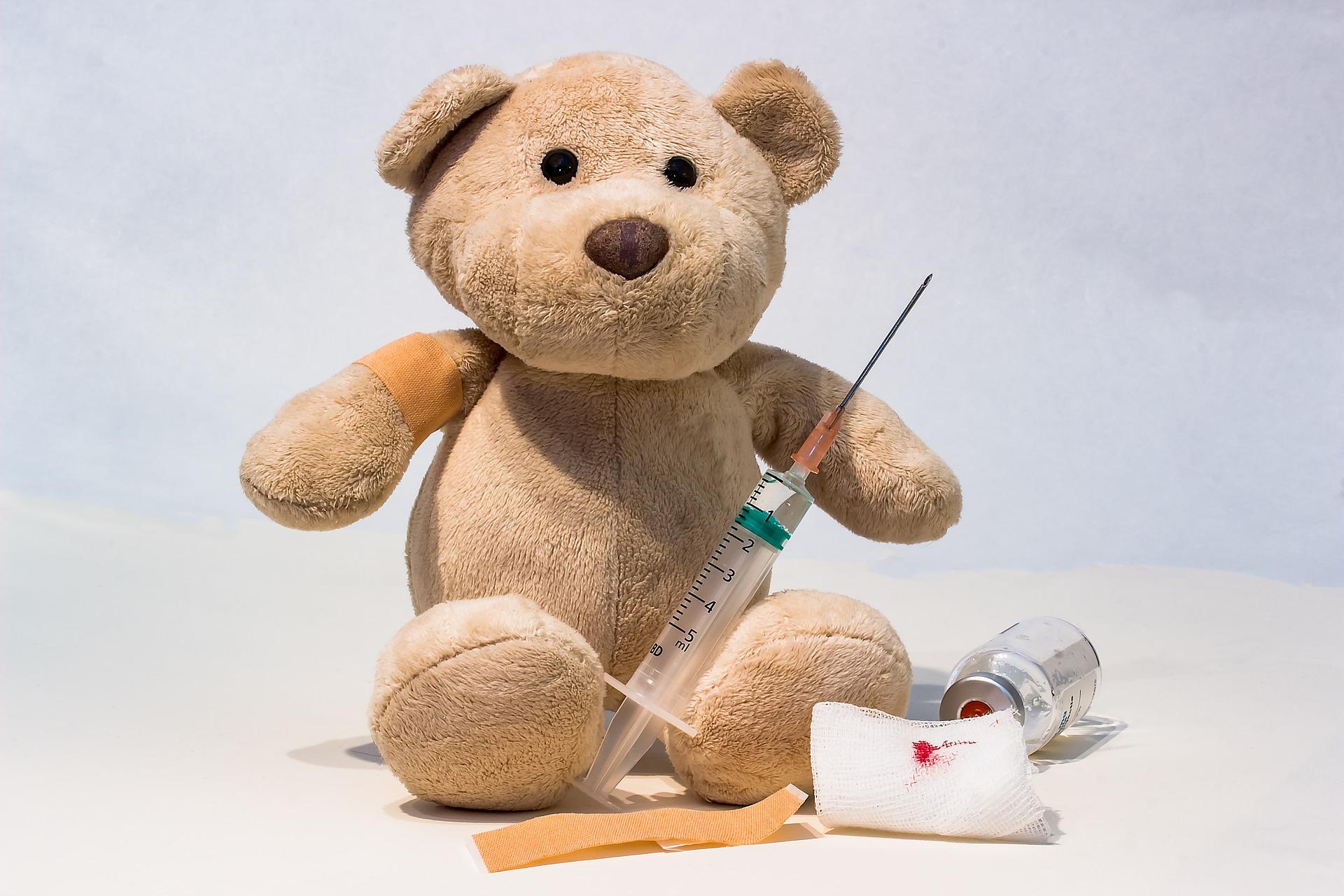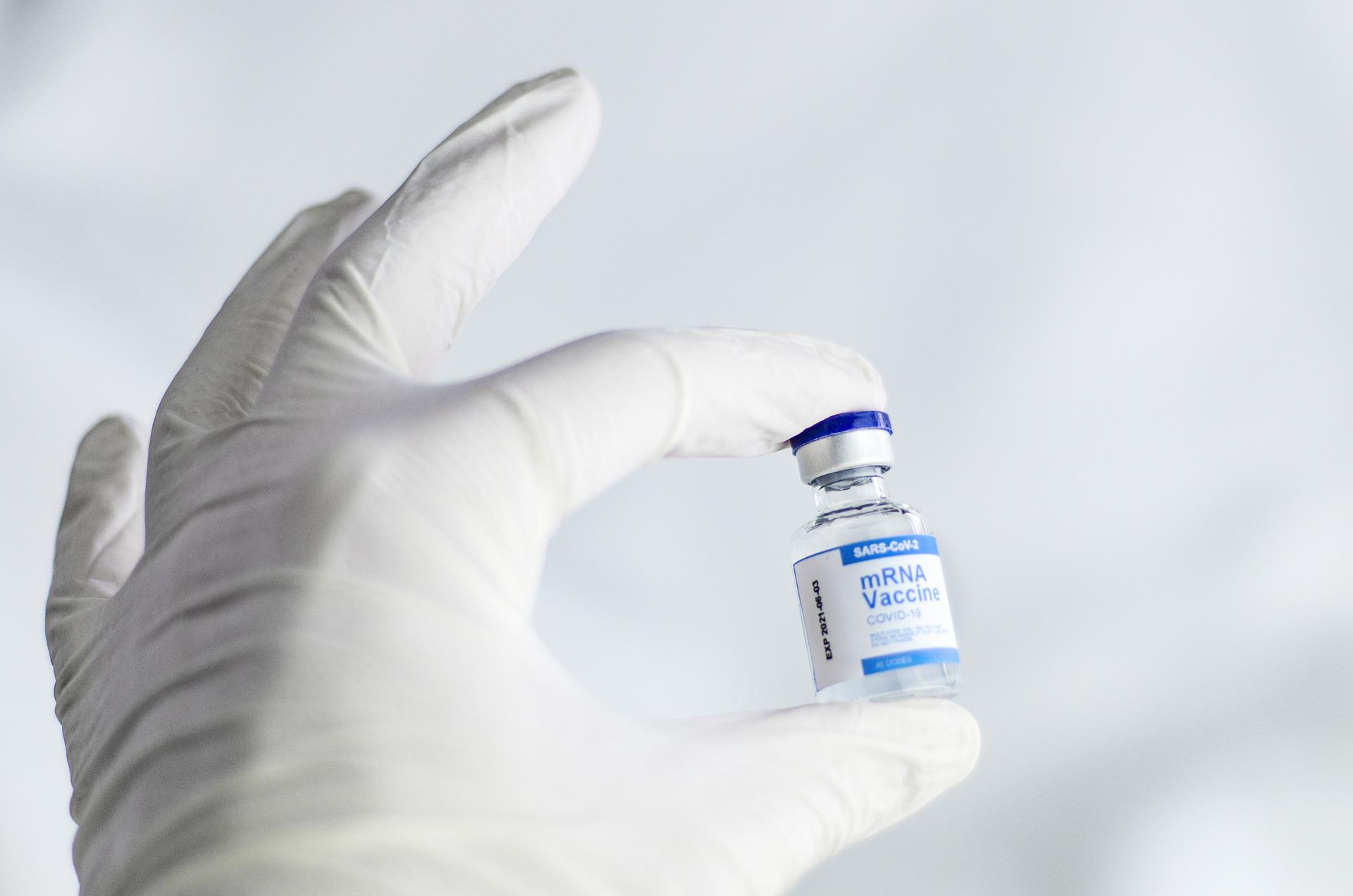
Vaccine technology can help to develop novel vaccines
Vaccine technology is among the greatest health interventions regarded to humankind, second only to secure water in regards to several lives saved. Although taken up broadly in high-income countries (HIC) from the time the primary vaccine became produced for smallpox, vaccination in low- and middle-income countries (LMIC) where mortality from infectious diseases is maximum became not widespread till the World Health Organization applied for the Expanded Programme on Immunization (EPI) in 1974. Building on the success of the smallpox eradication efforts, the EPI recommended vaccines to shield against six sicknesses inclusive of tuberculosis, diphtheria, tetanus, pertussis, measles, and poliomyelitis. Five additional vaccines have when you consider that been recommended to save you hepatitis B, Hemophilus influenzae type b, pneumococcus, rotavirus, and rubella. The effect has been staggering inclusive of close to the eradication of poliovirus and a dramatic discount in early life mortality with deaths cut with the aid of using greater than half. Despite the excellent development, greater breakthroughs are needed; about 3 million people nevertheless die of vaccine-preventable sicknesses every year and infectious sicknesses which include decreased respiration infections, tuberculosis (TB), HIV/AIDs, diarrheal diseases, malaria, and people related to preterm start make up six of the pinnacle ten main reasons of death in low-income countries. The motive of this assessment is to spotlight the demanding situations of vaccine technology improvement towards those sicknesses and to percentage new advances that deliver wish it may not take any other half-century to scrub infectious diseases from global mortality statistics.
The improvement of vaccines for sicknesses that regular nearly entirely in low aid settings is enormously challenging, combining the conventional complexities of biologics production and immunologic characterization with the technical complexities of pathogens with complex existence cycles and uncertain immunology. The vaccines ought to be studied in populations who stay in regions without enough scientific trial and laboratory web page infrastructure. Further, the worldwide investment envelop for every one of those vaccines is limited. This isn’t an attempt for the faint of heart. However, advances in vaccine technology high throughput antigen and antibody screening, immuno-profiling, and superior production strategies placed us in a higher role these days than ever earlier to attain fulfillment. In truth, whilst one seems at the worldwide health vaccine pipeline and the vaccine applicants presently in scientific trials, it’s miles pretty viable that vaccines with enough efficacy towards TB, malaria, HIV, RSV, and Shigella to aid huge use may be to be had in the subsequent decade. Further, long-appearing therapeutics and monoclonal antibodies towards malaria, HIV, and RSV which are exceptionally potent, smooth to administer, and less expensive for low earnings international locations may even probable exist. Our destiny undertaking can be growing a people-focused care method that sufficiently addresses the desires of people and their communities. Simplified production tactics with modular bioprocess and fill/finish units might also additionally make nearby production an less expensive version and decrease the want for big capital expenditures. This development does not mean that fundamental studies on existence cycles, antigen selection, and immunopathogenesis must be slowed; in truth, the push must preserve to concurrently increase product applicants which have the ability for better efficacy much like that determined with different habitual early-life vaccines. Nonetheless, it’s miles motivating to mirror at the truth that the gear exists these days to move diseases which are presently a normal worry of people residing in low sources regions to their rightful place in history–eliminated.
Image by Myriams-Fotos from Pixabay











